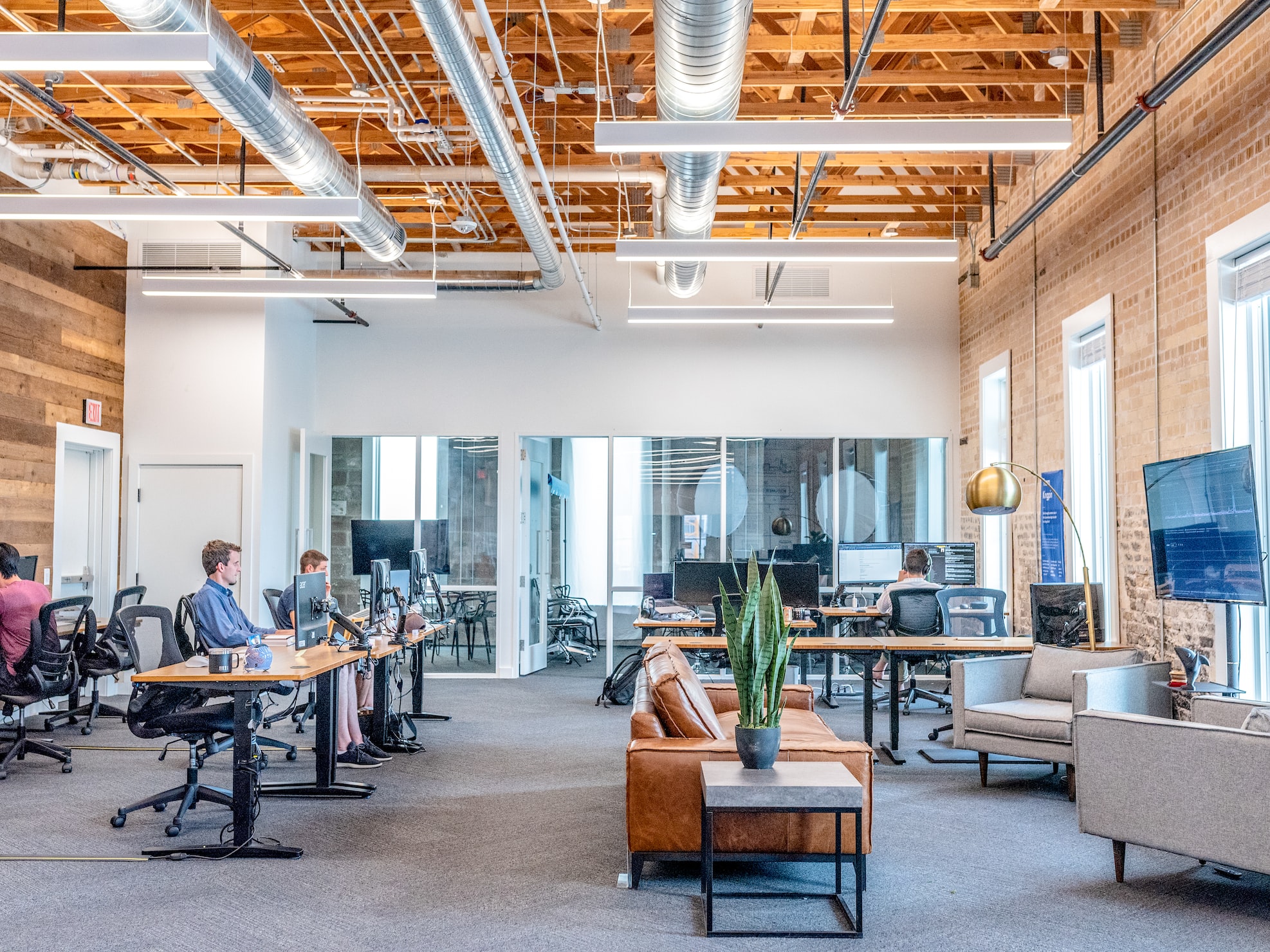
Hybrid working has well and truly taken off. From February 2024 to May 2024 alone, the proportion of workers engaged in hybrid working rose from 13% to 24%, according to ONS statistics.
Yet whilst presenting an array of opportunities, the shift to remote working also causes difficulties. The hybrid model requires far more efficient IT systems that work simultaneously remotely and in-office.
This article explains how managed IT services can help your business to implement an IT infrastructure that enables your hybrid shift to run smoothly.
Collaboration and Productivity

A key concern with the hybrid model is ensuring that productivity remains consistent across remote and in-office teams.
A report by HubSpot revealed that maintaining collaboration and productivity are the main concerns for staff. Employees occasionally push themselves too hard to achieve the level of productivity they believe is expected of them. Working like this can lead to burnout.
Managed IT services can help businesses to keep abreast of this in a number of ways. Firstly, they can help improve productivity and collaboration directly by bringing an effective cloud productivity suite into your IT infrastructure.
By giving staff the ability to access and work on documents simultaneously and in real-time, work rates across workforces should remain consistent, and employees will better see the tangible results of their efforts.
Your managed IT service can also provide management with crucial analytics on working patterns and productivity so that you can spot signs of burnout and declining productivity early and take the necessary steps to mitigate any issues. Workforce analytics programs like ActivTrak have risen to popularity for their ability to deliver information on what workplace processes need improvement.
Managed IT services can also help reduce feelings of disconnect between remote and in-office workers by improving communication systems. They can grant all team members access to easy online communication systems, such as Microsoft Teams or Zoom, meaning they can speak with each other as easily as they could in a conventional workplace.
Cybersecurity

Another concern that is just as existential is the increased cyber threat that arises in hybrid workplaces. The Tessian “Back To Work” report states that this is because of bad cyber habits that employees picked up while working remotely and a spike in ransomware and phishing scams, largely targeted at hybrid workers.
High-quality managed IT services will be able to respond to this threat by rolling out a consistent cybersecurity solution across all remote locations where your staff work out of. This should include strong VPNs to tackle poorly secured home networks and next-generation anti-virus software that uses AI and machine learning to tackle advanced cyber threats.
Your managed IT service provider should also work to counter any poor cyber habits your staff may have picked up in lockdown so that they can operate safely in a hybrid workplace. Verizon’s recent report showing 82% of data breaches involve human error shows the urgency of providing staff with adequate training in this area.
Leveraging Managed IT Services for Hybrid Transitions

Transitioning to a hybrid workplace can be challenging. But choosing the right managed IT service will make the change far easier. Following the advice contained in this article should make it far easier for you to choose the right service for the unique needs of your business.






